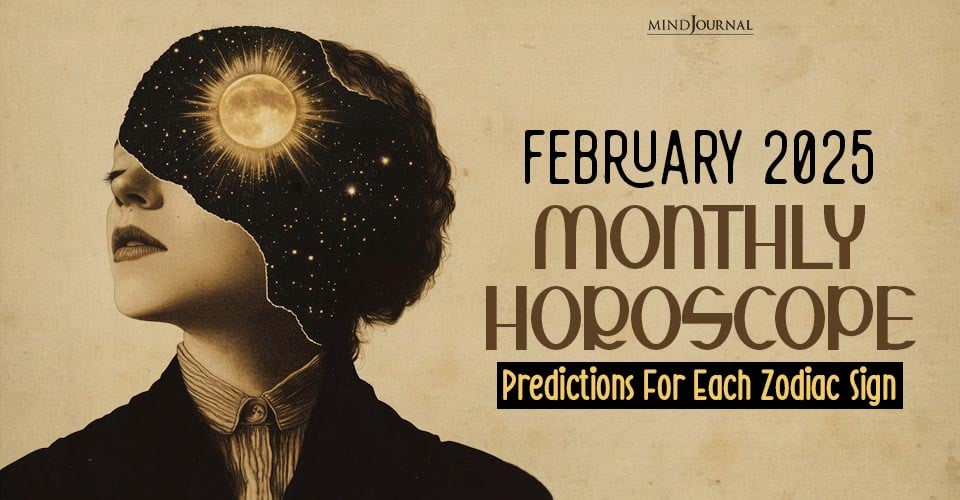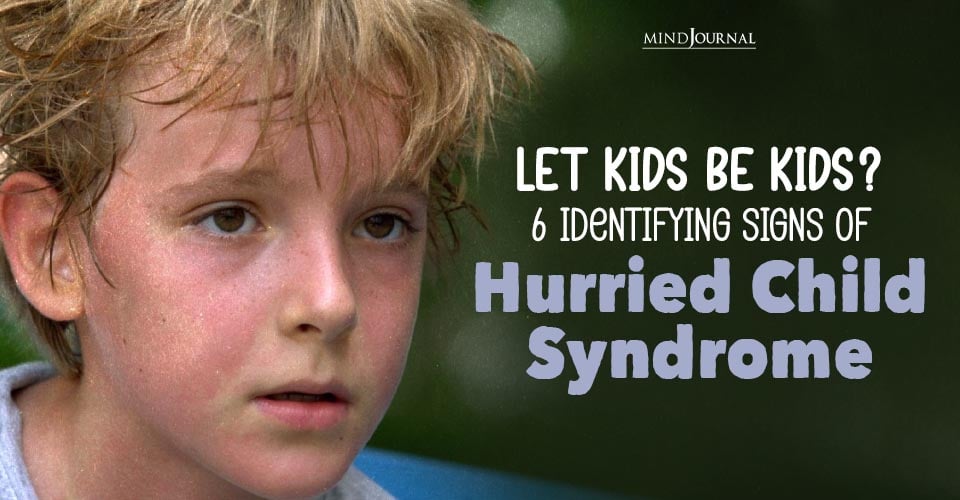Neuroscience of Anxiety in the Bright Brain
William Shakespeare wrote,
“Present fears are less than horrible imaginings.”
It is important to remember, when one’s mind tends to drift, imagining can be positive, negative, or neutral. It is the state of our reactions to our emotions and bodily sensations, whether we attach or detach to our fears and anxiety. Ultimately, the stories we tell ourselves can dictate our state of mind and well-being.
Psychologist Kazimierz Dabrowski proposed that bright individuals have greater imaginations, intensities in five domains (intellectual, emotional, sensory, psychomotor, and imaginative), and elevated experiences in the world. Bright individuals may be more prone to disabling and destructive elements of anxiety because they typically have expanded emotional brain networks, increased sensory processing, and elevated physiological responses to stressors, both real and imagined. Intelligent people report 25% greater rates of anxiety compared to the national average. In particular, the brain circuitry, hormonal stress response, and bodily reactions to stress can become hard-wired, where bright individuals can get stuck in a negative cycle. When the sympathetic nervous system is activated, elevated levels of cortisol rewire brain circuits where the emotional networks cycle, the prefrontal cortex (responsible for decision-making) is temporarily offline, inhibiting effective decision-making.
Effectively, the body moves into three states –fight, flight, and freeze– where the inflammatory response is elevated. In turn, a low-level stress response is continuously activated, causing the individual to experience the world on “pins and needles.”
Consider a child who has been tagged with slow processing speed, which can be related to numerous learning differences, asynchronous brain development, sensory integration, metabolic processing, attention, executive functioning, or emotional development. Parents and teachers may comprehend that it takes the child longer to do his or her work, even providing accommodations such as more time on tests. From the child’s point of view, extra time can create more anxiety because they cannot engage in other school activities like recess and lunch, a connection time with peers. As a result, the bright child may experience greater feelings of social isolation. Higher IQ individuals have increased brain regions responsible for emotional processing, which is a gift and a curse, leading to intensified experiences of happiness and sadness. The exact brain regions identified for emotional intelligence and processing, anterior cingulate cortex and orbitofrontal cortex, have altered functional connectivity in individuals with greater anxiety. These studies support the idea that some individuals may be more prone to anxiety due to their neuroanatomy.
Read Depression and Anxiety During the Pandemic
Commonly, these children are unlikely to be identified as suffering from anxiety due to an absence of obvious symptoms and the child’s inability to verbalize their experience as anxiety.
As a result, these children may suffer negative physiological, psychological, and neurological effects due to absence of treatment, misdiagnosis, and misidentification.
Their increased stress hormones and over-activated stress networks can cause elevated levels of inflammation where, eventually, the entire mind-body connection is disrupted. Bright children may present with a number of symptoms ranging from gastrointestinal (GI) symptoms, “ADHD” behaviors, heightened sensory sensitivity (touch, taste, hearing, smelling, seeing), chronic headaches, and social withdrawal.
A child with anxiety may complain of physical symptoms, such as stomachaches, headaches, and physical pain, which in turn can lead to a diagnosis of a GI issue or other physiological diagnosis rather than the actual anxiety. While most professionals and parents acknowledge that anxiety plays a role in these symptoms, the fact that the child is not identifying his or her emotional state as anxiety makes it difficult to judge the how anxiety factors into the manifestation of physical symptoms and vice versa. It is important to pay attention and identify the source of the symptoms and how they are woven with experience of anxiety. Guiding the child to recognize the trigger is the first step.
Professionals and parents need to be aware of the possible long-term consequences of anxiety.
Since each person has a unique brain and physiology, the approaches must be individualized to manage their anxiety. There is a wealth of evidence that supports the effectiveness of holistic interventions. Teaching a child to notice the initiating experience of anxiety from physiological, psychological, and emotional perspectives are key in guiding a child. The interplay of the mind and body requires an approach incorporating the interactions among these systems.
Keep in mind, the label of being “gifted” carries a great weight of expectation for success, so guiding a child to balance expectations is paramount. Provide safety and compassion for failure, mistakes, and mishaps, which are the key components of a growth mindset and resilience. Communicate about anxiety and fears and listen to what your child has to say. Breaking the silence reduces social isolation and minimizes the stigma associated with anxiety. Fred Rogers said, “I’m convinced that when we help our children find healthy ways of dealing with their feelings, ways that don’t hurt them or anyone else, we’re helping to make our world a safer, better place.”
Cognitive behavioral therapy is an effective remedy, especially when focused on integrating the mind-body connection.
Mindfulness practices focused on self-compassion can lead to reduced symptoms of anxiety and greater understanding of self and others. Breathing exercises to calm the nervous system are effective by activating the parasympathetic nervous system, and releasing positive neurochemicals that reduce the stress response. “Anxiety is fear of fear held in our imagination,” as my dear friend, the late Sam Christensen, said. A recent study found that positive imagination reduces fear. Guiding a child to activate their positive imagination may help them cope with their anxiety. Regular exercise of twenty minutes a day, healthy sleep routines, and mindful eating habits can rewire healthy mind and body patterns and circuitry. When we support the mind, body, and spirit of the child, the child is unbound and thrives.
Read 5 Most Annoying Anxiety Symptoms
References
Dabrowski, K & Piechowski, M.M. (1977) Theory of levels of emotional development (Vols. 1 & 2). Oceanside, NY: Dabor Science. (Out of print)
Grossi D, Longarzo M, Quarantelli M, Salvatore E, Cavaliere C, De Luca P, Trojano L, Aiello M. 2017. Altered functional connectivity of interoception in illness anxiety disorder. Cortex. 2017 Jan(86)22-32.
Karpinski, R. I., Kinase Kolb, A. M., Tetreault, N. A., & Borowski, T. B. (2017). High intelligence: A risk factor for psychological and physiological overexcitabilities. Intelligence.
Ohtani T, Nestor PG, Bouix S, Newell D, Melonakos ED, McCarley RW, Shenton ME, Kubicki M. 2017. Exploring the neural substrates of attentional control and human intelligence: Diffusion tensor imaging of prefrontal white matter tractography in healthy cognition. Neuroscience. 2017 Jan 26(341)52-60.
Reddan MC, Wager TD, Schiller D. Attenuating Neural Threat Expression with Imagination. Neuron. 2018 Nov 21;100(4):994-1005.e4. doi:10.1016/j.neuron.2018.10.047.
James T. Webb, Ph.D., ABPP-Cl, Edward R. Amend, Psy.D., Paul Beljan, Psy.D., ABPdN, Nadia E. Webb, Psy.D., Marianne Kuzujanakis M.D., M.P.H., F. Richard Olenchak, Ph.D., Jean Goerss, M.D. 2016. Misdiagnosis and Dual Diagnoses of Gifted Children and Adults ADHD, Bipolar, OCD, Asperger’s, Depression, and Other Disorders (2nd edition). Tucson (AZ): Great Potential Press.










Leave a Reply